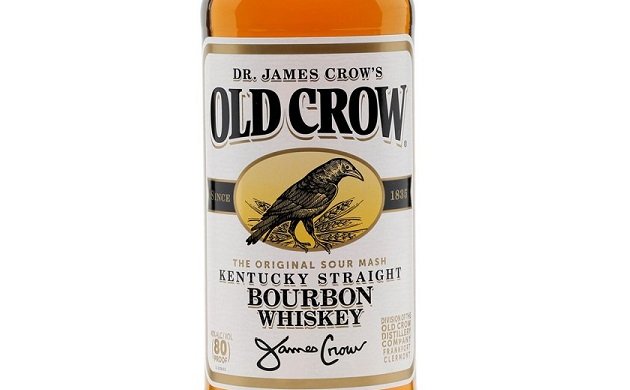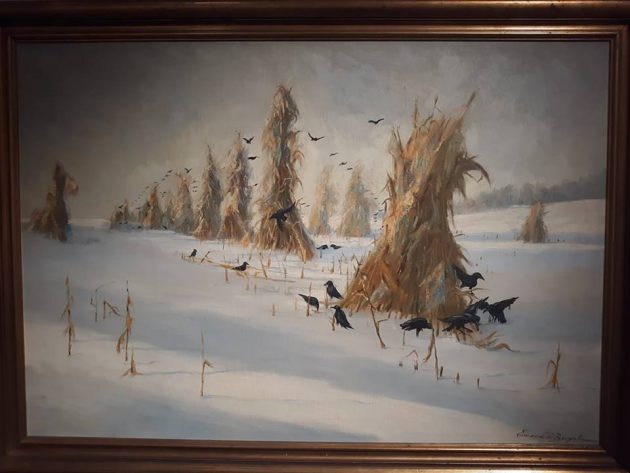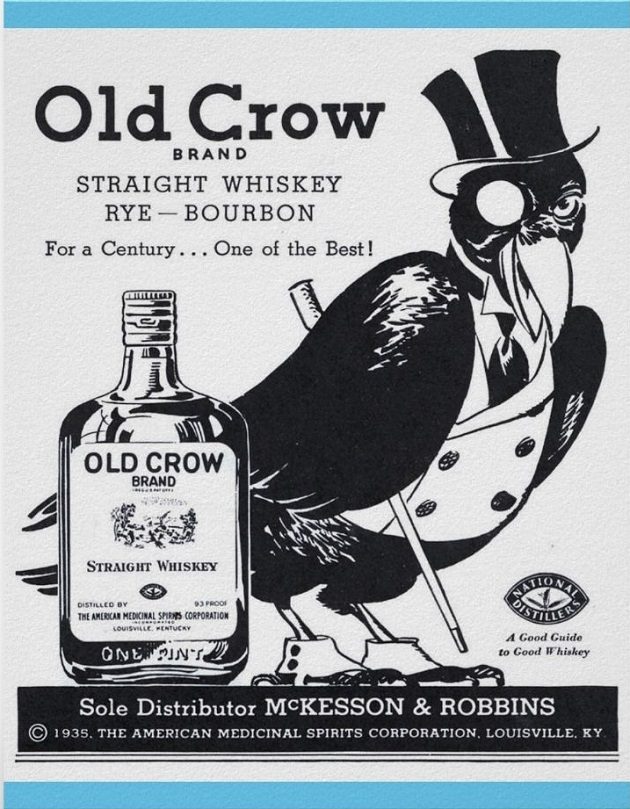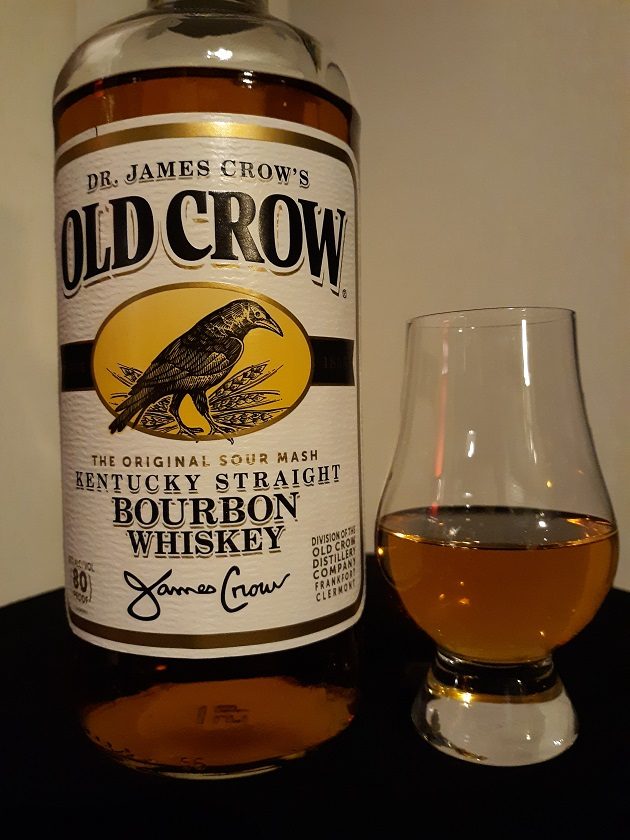
Well, it’s happened again – my first bird of the year was a crow. This year it was an American Crow (Corvus brachyrhyncus), though at home in Albany, New York, it’s just as likely to be – and has been in the past – a Fish Crow (Corvus ossifragus).
It’s all very inevitable, really. All winter long, large mixed flocks of crows stream over my home on their way from their downtown roosts out to feed in the farm fields outside of the city. They begin their outbound journey just before sunrise on most day, and New Year’s Day is no exception. Even as I lie in bed with the blinds drawn and the windows closed (and possibly hungover), I can hear them as they wing their way overhead, unseen. For the most part, they conduct their morning journey in silence, but sooner or later one of these crows is destined to become my first bird observation of the year, either by uttering “caw!” or “uh-huh!” loudly enough to be heard through glass and stucco.
I like crows, but I must admit it’s not a very exciting start to my annual list from year to year – though I do thank them for their unfailing dependability.

A familiar winter scene in upstate New York: Crows in the Cornfield, by Belgian-born painter Edward Pierre Buyck (1888-1960), who was active in Slingerlands, New York, just outside of Albany. Just leave enough corn for the bourbon, please.
But however much I may trust in the curative powers of “the hair of the dog”, I do not celebrate my annual corvine year bird with a tipple at daybreak on New Year’s Day. I generally wait until I have at least a dozen species on my year list before having my first drink of the year.
Since my year list usually gets off to such a slow, inauspicious, and predictable start every year, the first weeks of the new year are a good time to appreciate commonplace bird such as the crow with their appearances on bottles of booze. What better time to celebrate the underappreciated crow than in the dead of winter? And in what better way than with a bottle of that legendary but now somewhat disreputable American whiskey, Old Crow?

Old Crow is named not for the bird, but for Dr. James C. Crow, a Scottish chemist-physician who settled in Frankfort, Kentucky in the 1820s. Dr. Crow is dubiously credited today for originating the sour mash method used in traditional bourbon and Tennessee whiskey distillation. Crow worked for several distilleries in his day, and after his death in 1856, the W.A. Gaines and Company continued distilling bourbon according to his recipe. The storied old bourbon has counted Ulysses S. Grant, Mark Twain, and Hunter S. Thompson among its devotees, but its reputation has eroded in the last century, and today it’s viewed as a distinctly bottom-shelf product.
Certainly, the whiskey isn’t what it once was. Old Crow’s parent company was sold to Jim Beam in 1987 and the new owners abandoned the Old Crow distillery and whichever version of the “original” recipe was being followed at the time. Old Crow today is made from the same corn, rye, and barley malt mash as Jim Beam, and it’s aged on new charred oak barrels for three years rather than the four required for Jim Beam Original, allowing it to be sold at a lower price. Old Crow exhibits an oaky, vanilla aroma and an uncomplicated candy corn sweetness with a hint of nutmeg. The flavor is briny and slightly tarry, with a touch of clove in the short finish. Old Crow is a bit harsher than your favorite top-shelf bourbon, but the flaws of this classic brand can be easily hidden in an Old Fashioned or a Manhattan.

“I’m fly like an eagle and I drink Old Crow.”
So, it ain’t Pappy van Winkle. But Pappy doesn’t have a bird on the label, does it? It certainly doesn’t take an advertising genius from Madison Avenue to market an old Kentucky bourbon made by a Scotsman named Crow with a corvid, which is precisely what Old Crow has done for decades. I’m not sure when the whiskey first acquired its avian mascot, but the current label featuring a crow standing over a few ears of barley looks satisfyingly old-fashioned. But which species of crow is our Old Crow – Fish or American?
In his The Birds of America, Dr. Crow’s almost exact contemporary John James Audubon observed that “The Fish-Crow is almost entirely confined to the maritime districts of the Southern States, and there it abounds at all seasons.” Based on that description, it seems unlikely that a Fish Crow would be chosen as the mascot for an inland bourbon distilled in the Bluegrass region. But Audubon adds, “Some go up the Mississippi for four or five hundred miles, but I have not seen any higher on that stream, which they generally leave to return to the vicinity of the sea-shore in the winter season.”
By my reckoning, 500 miles up the Mississippi River as the steamboat goes only gets you as far as the Mississippi-Louisiana-Arkansas tripoint. But as the crow flies, Kentucky’s southern border with Tennessee is just about within reach. That gets us close enough to the traditional distilling regions on both sides of the state line for me to let this one go as “crow sp.”. And unless the Old Crow on the bottle starts talking to you, you should too.
Happy New Year, good birding, and happy drinking!
Old Crow Distillery Company: Old Crow
![]()
![]()
![]()
![]()
![]()
Two out of five feathers (Fair)













Trying to find old crow reserve no luck.